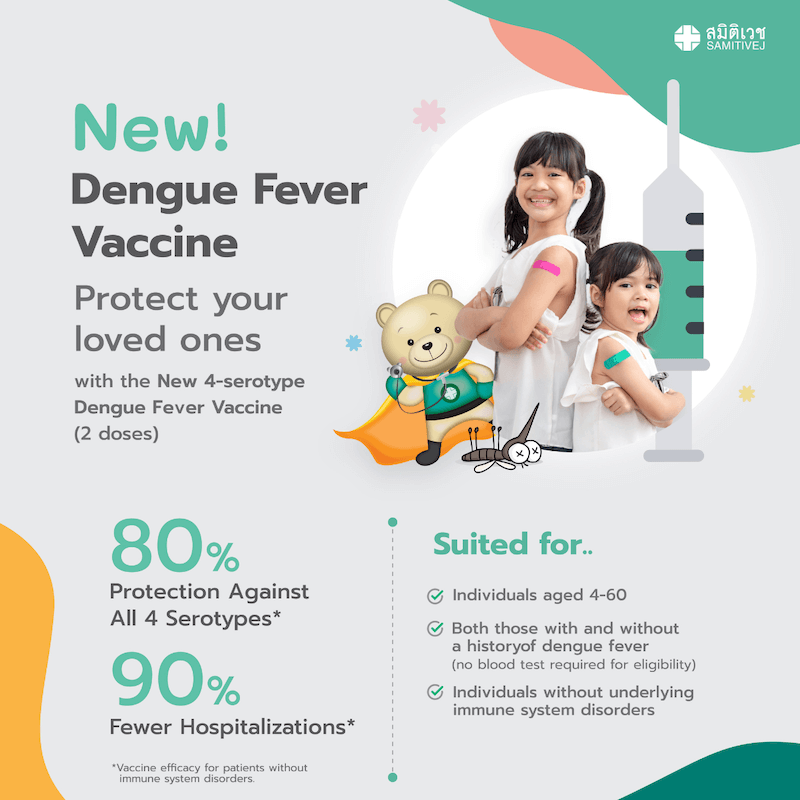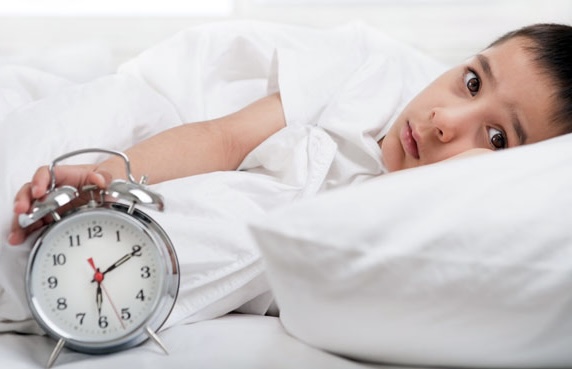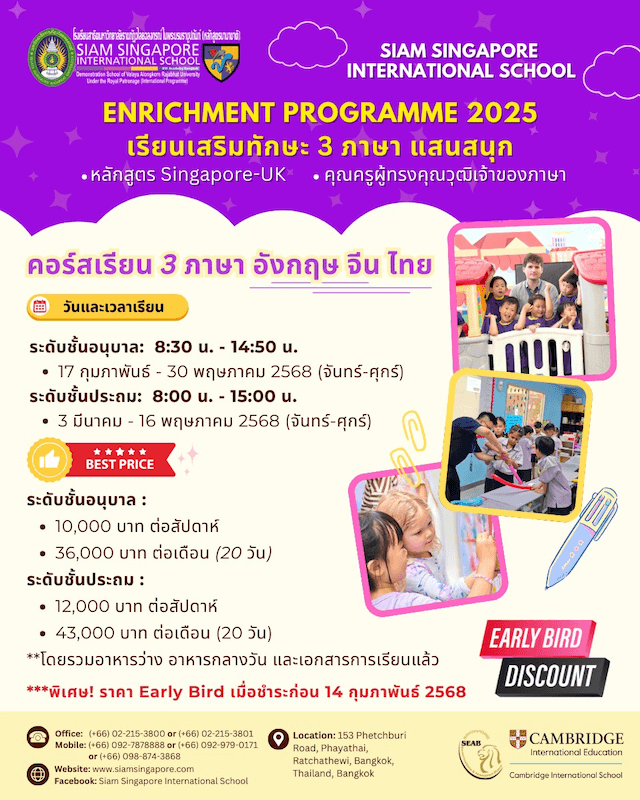Sleep apnea is a common breathing disorder that can happen while your child is sleeping. Getting the right treatment for sleep apnea can have a big impact on your child’s health and the quality of their sleep.
Symptoms
Obstructive sleep apnea (OSA) is fairly common in children when there is a partial or complete blockage of the airway during sleep. You might notice noisy breathing or snorting in your child where they seem to struggle or gasp for breath at night which can seem very frightening to both the child and parents. The result is a disruption to the respiratory system and interruption of the child’s sleep. Whilst your child may only stir or not even wake-up during these episodes it can be scary for a parent and is always worth checking-out with a doctor. But fear not, OSA is found in children at all ages, especially those between 2 to 6 years. Approximately 2% of the population is found to suffer from OSA with a fairly equal male/female ratio.
The effects of sleep apnoea can go beyond the breathing symptoms. The interrupted sleep that comes about in a child who does keep waking when their breathing is interrupted can leave them feeling tired and irritable. It can have a big impact on their concentration and schoolwork. It can also be very upsetting and disruptive for you and the rest of the family. You might actually notice these kinds of issues first before you spot any breathing problems. In some cases, sleep apnea will be diagnosed because parents have sought help over a sleep problem or symptoms of hyperactivity, without realising that it could be sleep apnea. Left untreated, severe sleep apnea can lead to serious health problems in children of all ages.
Causes
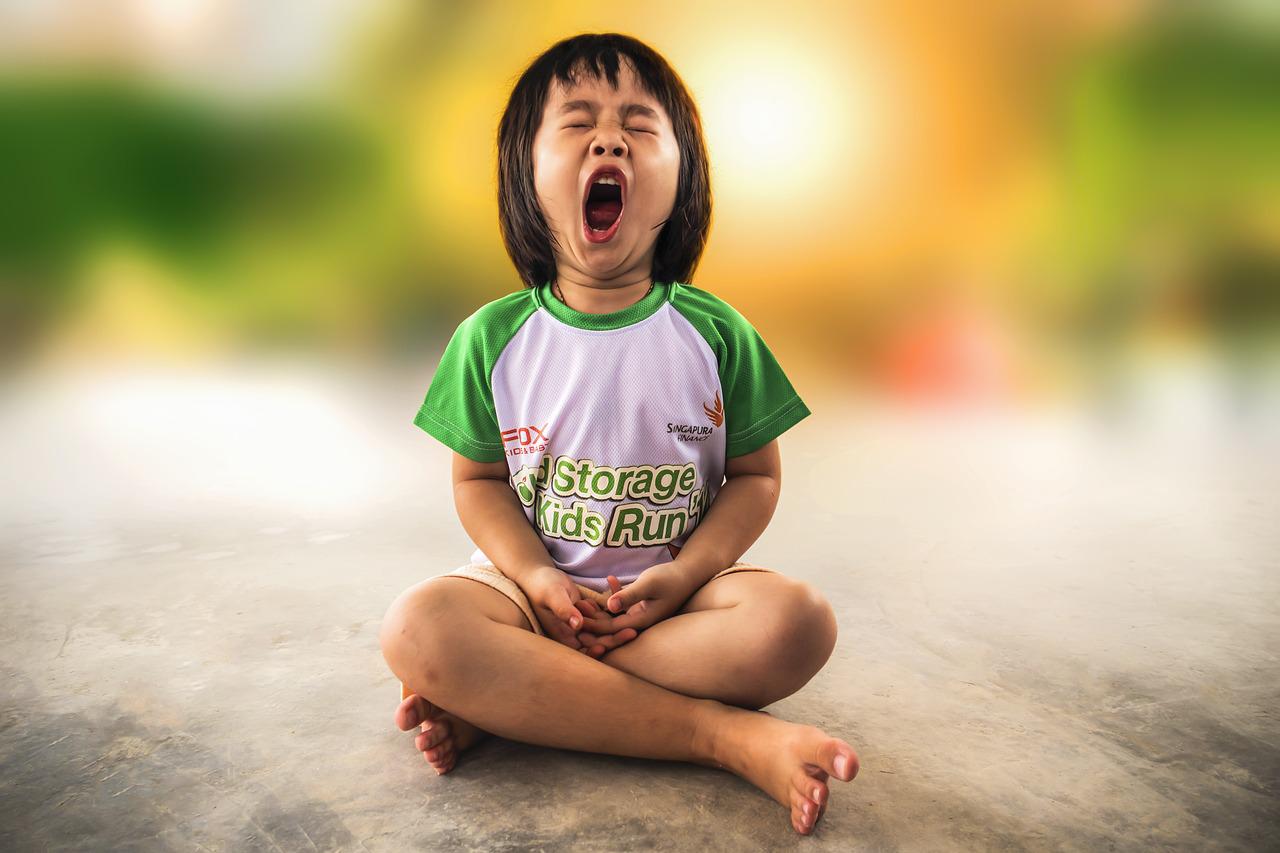
Sleep apnea can occur when your child’s throat relaxes too much as they sleep which results in the walls of the throat collapsing as the neck muscles relax, making your child’s airway unusually narrow. It is normal for people’s throats to relax during sleep but in the cases of sleep apnea, the air passages can be partially or in some cases completely blocked. The blockages can vary from a few seconds at a time throughout the night or in more severe cases, the throat can be blocked every few minutes and naturally the symptoms will become worse if the child has a blocked nose during a cold or suffers from allergies.
There are many different reasons that children can develop sleep apnea from overly large adenoids and tonsils to genetic issues causing unusually narrow airways, small jaws, nasal or facial deviations, and is more common in children with Down Syndrome. It can also become an issue in overweight children who may have extra fat or skin around the chin and neck area and even those pesky hormones in pre-teen kids can play havoc with their muscles and nervous systems.
When To See a Doctor
Snoring and heavy breathing in children (as in adults) are not always a sign of sleep apnea but loud and persistent snoring is definitely something to watch out for (this is where many wives start to diagnose their husbands!) If the heavy breathing is noticed during a cold, let the symptoms pass and then continue to watch to see if the problems simply disappear when they are feeling better. If however, your child is healthy, unusual or noisy breathing while they are sleeping should be investigated. It may possibly be a sign of sleep apnea, or any other another respiratory condition such as an allergy or asthma. If a child is merely a light sleeper or continues to wake up during the night this could indicate signs of anxiety or night terrors and doesn’t involve breathing issues, either way children (and parents) need their sleep and sometimes they can be simple issues solved by a visit to the doctor.
Diagnosis and Treatment
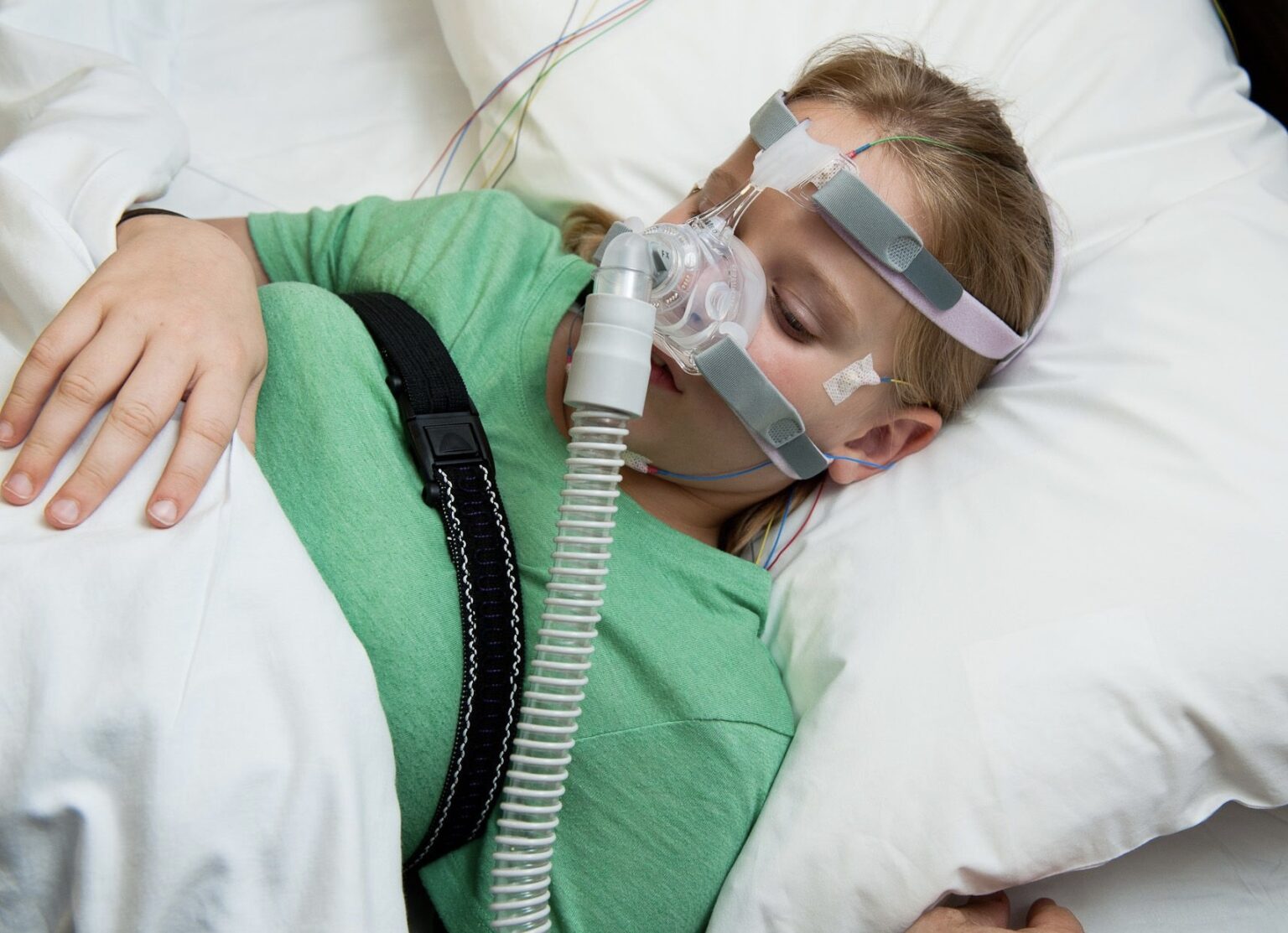
If your doctor suspects sleep apnea after a physical examination they may need to carry out further tests by doing a sleep assessment, which will involve monitoring his or her sleep and breathing overnight in a sleep lab. The assessment will usually be conducted at a specialist sleep clinic, which will have equipment to monitor your child’s oxygen levels and to record his or her sleep patterns throughout the night.
Several different treatments are available to help with sleep apnoea in children. One common treatment is a nasal spray or drops containing corticosteroids or a powder for dissolving in liquid to give to young children. These medications can help to relieve the symptoms and it is particularly effective in children who are also affected by asthma or allergies. Your doctor might also recommend some lifestyle changes, such as helping your child to lose any excess weight or making sure that no one is smoking near them or in your home. Eliminating any allergy triggers in the environment can also help.
In some cases, where sleep apnea does not respond to medical treatments, breathing may be helped by using a CPAP machine. CPAP stands for Continuous Positive Airway Pressure and must be delivered by a mask connected to a CPAP machine. Your child will need to sleep with a face mask on in order to use one of these machines, but they may actually find this more comfortable than dealing with the symptoms of sleep apnea.
Sometimes the doctor will recommend surgery if there is a physical issue such as enlarged tonsils and adenoids or a deviated septum that can be corrected. Surgery may also be able to help if the cause of sleep apnea is a less common physical issue such as an unusually positioned jaw or facial structure.
Bumrungrad hospital has a dedicated sleep center for sleep disorders and it’s always best to check out anything you think may be keeping your child from sleeping well throughout the night.



